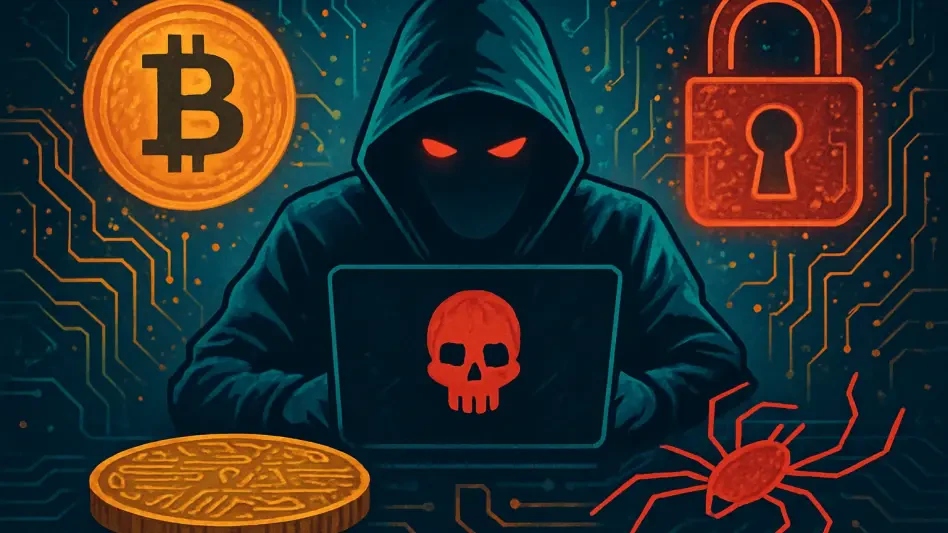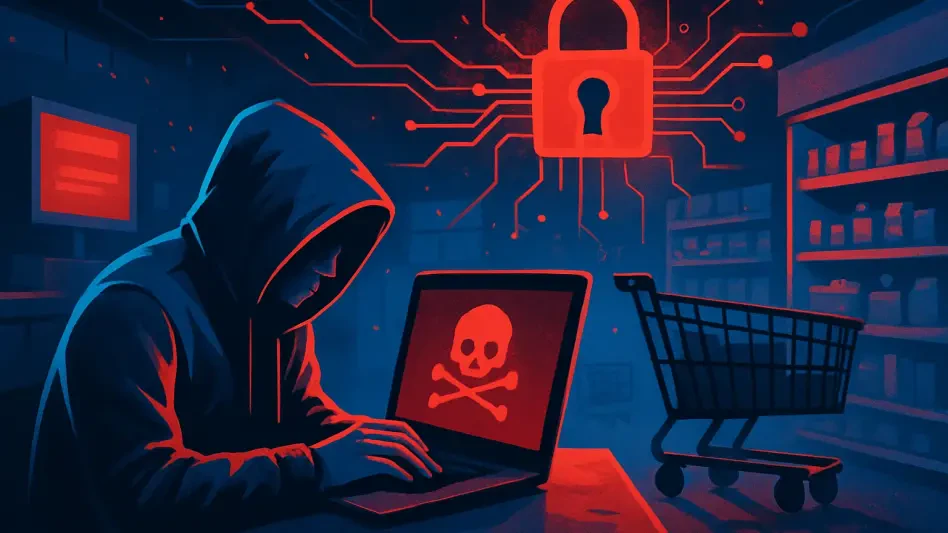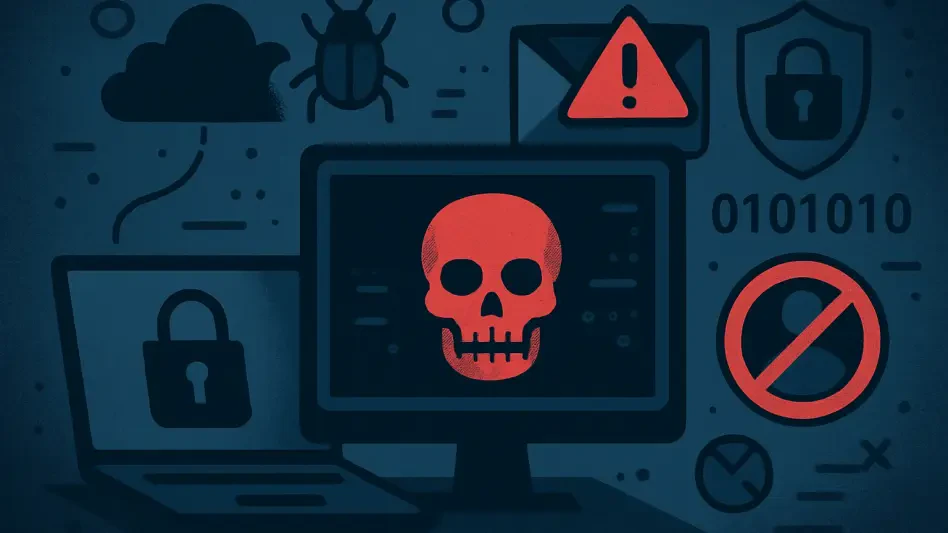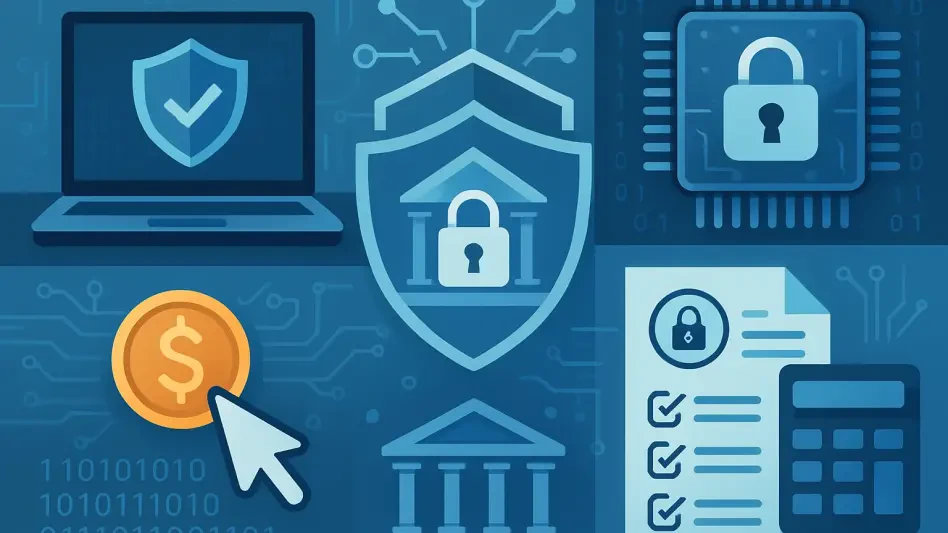The digital landscape is evolving rapidly, and with it, the threats posed by cyber espionage are becoming more sophisticated and prevalent. As we approach 2025, businesses must ask themselves if they are truly prepared to face the increasing risks associated with cyber espionage. This article delves into the current state of cyber espionage, its projected trends, and the necessary measures businesses need to adopt to safeguard their assets.
Understanding Cyber Espionage
Definition and Scope
Cyber espionage involves the unauthorized access and extraction of confidential information from individuals, corporations, or governments. This form of cyberattack is primarily aimed at gathering intelligence, stealing trade secrets, and gaining competitive advantages. The scope of cyber espionage extends across various sectors, making it a significant concern for all entities operating in the digital realm.
The methods employed in cyber espionage range from phishing and malware to more sophisticated techniques like Advanced Persistent Threats (APTs). Criminals can infiltrate networks, remain undetected for extended periods, and extract valuable information incrementally. The ramifications of these unauthorized intrusions are far-reaching, affecting any organization reliant on sensitive data. As businesses become more interconnected and reliant on digital infrastructure, the threat landscape continues to expand, necessitating heightened vigilance and advanced security measures.
Historical Context and Evolution
The concept of espionage is not new; however, its digital counterpart has evolved significantly over the past few decades. Initially, cyber espionage was limited to government and military targets, but it has since expanded to include corporations and even individuals. The evolution of technology has enabled cybercriminals to employ more sophisticated methods, making detection and prevention increasingly challenging.
In the early stages, cyber espionage was often perceived as a domain restricted to state actors targeting critical infrastructure and military secrets. However, with the advent of the digital age, the attack surface expanded, bringing corporate espionage to the forefront. Technological advancements have fueled the criminals’ capabilities, enabling them to continually adapt and improve their methods. This historical trajectory underscores the importance of deploying equally sophisticated and adaptive security measures to counterbalance the growing threats.
Current State of Cyber Espionage
Prevalence and Impact
As of now, cyber espionage accounts for approximately 11% of all cyberattacks. This figure highlights the substantial impact of such activities on global security and economic stability. The consequences of cyber espionage can be devastating, ranging from financial losses to reputational damage and compromised national security.
The financial losses associated with cyber espionage can cripple organizations, particularly small and medium-sized enterprises. According to recent data, companies face hundreds of millions of dollars in potential losses due to stolen intellectual property, disrupted operations, and mandatory compliance fines. Reputational damage, though less quantifiable, also poses significant long-term risks, eroding trust with customers and stakeholders. The compounded effect of these challenges makes it evident that businesses need to take proactive and comprehensive measures to mitigate these risks.
Common Methods Employed
Phishing remains the predominant method used in cyber espionage, with an estimated 88.33% of incidents involving some form of phishing by 2025. Other common techniques include malware, ransomware, and advanced persistent threats (APTs). These methods are continually evolving, making it imperative for businesses to stay ahead of the curve.
Phishing attacks are frequently the entry point for more sophisticated and prolonged cyber espionage campaigns. Attackers often use well-crafted emails and deceptive links to trick individuals into revealing their credentials or downloading malicious attachments. Malware can be used to infiltrate systems, providing a foothold for further exploitation. Advanced Persistent Threats (APTs) in particular, involve persistent and methodical tactics, ensuring prolonged access to critical systems. Businesses must employ advanced threat detection systems, regular security training, and up-to-date software defenses to counter these tactics effectively.
Targeted Sectors
Government Organizations
Government agencies are prime targets for cyber espionage due to the sensitive nature of the information they handle. Nation-state actors often engage in cyber espionage to gain strategic advantages and destabilize other nations. By 2025, an estimated 280,000 cyber espionage incidents are expected to target government organizations.
Sensitive data held by government organizations includes intelligence reports, confidential communication, defense strategies, and critical infrastructure details. The motives behind targeting these entities range from gaining political leverage to sabotaging national security measures. The sheer scale and complexity of government operations necessitate robust security protocols and continuous vigilance. Without sophisticated measures, any breach can not only endanger national security but can also have cascading effects on global stability.
Corporate Sector
The corporate sector is equally vulnerable, with cyber espionage posing significant economic risks. Businesses face threats such as the theft of trade secrets, intellectual property, and financial data. The impact on corporations can be severe, leading to a loss of competitive edge and substantial financial damage.
Corporations today house vast amounts of intellectual property, from research and development secrets to proprietary technology. Cyber espionage targeting these sectors can result in the unauthorized commercialization of these insights, undermining market positions and competitive advantages. Furthermore, stolen financial data can lead to direct monetary losses and damage to brand equity. The interconnectedness of global supply chains means that the ripple effects of a significant breach can disrupt broader industry dynamics, underscoring the need for fortified cybersecurity practices.
Political and Military Espionage
Political and military espionage are driven by the need for strategic, military, and political gain. These forms of espionage often involve state-sponsored actors who employ sophisticated methods to extract valuable information. The implications of such activities can be far-reaching, affecting national security and international relations.
State-sponsored actors are typically well-resourced and highly skilled, making their reconnaissance efforts particularly formidable. They might employ tactics that blend both digital and physical methodologies to extract comprehensive intelligence. These efforts can lead to geopolitical instability, influencing international policies, trade relations, and even potential conflicts. The persistent threat posed by such actors necessitates a collaborative effort from nations worldwide to identify, mitigate, and prevent these sophisticated espionage attempts.
Advanced Persistent Threats (APTs)
Characteristics and Techniques
APTs represent a method of cyber espionage involving prolonged and stealthy attacks. These attacks are usually undetected for long periods, enabling extensive data extraction over time. APTs are characterized by their persistence, sophistication, and ability to evade traditional security measures.
The hallmark of APTs is their ability to remain hidden within systems, conducting reconnaissance, and exfiltrating data without drawing attention. Attackers use a variety of techniques such as spear-phishing, zero-day exploitations, and custom-built malware to penetrate network defenses. Once inside, they establish a stronghold, often creating backdoors and using legitimate credentials to navigate systems. The long-term presence of APTs allows attackers to achieve significant data extraction over time, making them one of the most dangerous forms of cyber espionage.
Notable APT Campaigns
Several high-profile APT campaigns have been documented over the years, highlighting the capabilities of cybercriminals. Examples include the Stuxnet worm, which targeted Iran’s nuclear program, and the SolarWinds attack, which compromised numerous government and corporate networks. These incidents underscore the need for robust cybersecurity measures.
The SolarWinds attack, uncovered in 2020, is a prime example of the destructive potential of APTs. The attackers infiltrated a network monitoring software, gaining access to numerous clients, including multiple U.S. federal agencies. This sophisticated supply chain attack remained undetected for months, showcasing the importance of holistic security measures. Stuxnet, discovered in 2010, represented a pioneering use of cyber weapons to target critical infrastructure, underscoring the evolving nature of cyber threats. Both cases demonstrate the necessity for organizations to adopt multi-layered security approaches, balancing proactive detection, and reactive mitigation.
Role of State-sponsored Actors
Key Players
Nations like China, Russia, Iran, and North Korea are often cited as primary sources of state-sponsored cyber espionage. These actors focus on destabilizing other nations and gaining strategic advantages through cyber means. Their involvement adds a layer of complexity to the threat landscape, as they possess significant resources and capabilities.
State-sponsored actors often operate with the backing of national infrastructure, funding, and intelligence resources. This support allows them to develop highly advanced tools and methods, making their attacks more sophisticated and harder to defend against. These nations use cyber espionage to achieve various objectives, from economic dominance to strategic military insights. Their activities blur the lines between traditional warfare and cyber operations, requiring nations to rethink their defense policies and international cooperation protocols.
Motivations and Objectives
State-sponsored actors engage in cyber espionage for various reasons, including economic gain, political influence, and military superiority. Their objectives often align with national interests, making them formidable adversaries. Understanding their motivations is crucial for developing effective countermeasures.
Economic espionage aims at gaining access to trade secrets and proprietary technologies, giving nations a competitive edge in global markets. Political motives often involve manipulating public opinion, sowing discord, or gathering sensitive diplomatic communications. Militarily, it involves acquiring strategic defense information that can alter the balance of power. Recognizing the multifaceted nature of these threats is vital for businesses and governments, as they formulate holistic defense strategies encompassing diplomatic, technological, and military dimensions to counter these sophisticated espionage activities effectively.
Enhancing Security Postures
Proactive Cybersecurity Measures
To combat the rising threat of cyber espionage, businesses must adopt proactive cybersecurity measures. This includes implementing advanced threat detection systems, comprehensive visibility, and real-time threat intelligence. Proactive defense strategies are essential for identifying and mitigating threats before they cause significant damage.
Effective cybersecurity begins with a proactive approach, where businesses continuously monitor their networks for potential threats. Implementing tools like intrusion detection systems (IDS) and security information and event management (SIEM) solutions can provide valuable insights into network activities. Regularly updating software and performing security audits helps minimize vulnerabilities. Additionally, fostering a culture of awareness and training employees on cybersecurity best practices can significantly reduce the risk of successful phishing attempts and other common attack vectors.
Role of AI and Machine Learning
The integration of AI and machine learning into cybersecurity operations can significantly enhance threat detection and response capabilities. These technologies enable real-time analysis of vast amounts of data, identifying patterns and anomalies that may indicate cyber espionage activities. As attackers utilize AI to bolster their methods, defensive strategies must equally integrate AI for effective protection.
AI and machine learning can process large datasets rapidly, identifying subtle indicators of potential breaches that may be missed by traditional methods. These technologies can adapt and learn from new threats, ensuring that defense mechanisms remain current and effective. For example, AI-powered tools can analyze email communication patterns to detect phishing attempts, or monitor network traffic for unusual behaviors indicative of an APT. By leveraging these advanced technologies, businesses can create dynamic and robust security frameworks capable of responding to the ever-evolving threat landscape.
Global Collaboration and Information Sharing
Importance of Collaboration
Global collaboration and information sharing are vital for combating cyber espionage. Cyber threats do not recognize borders, and a unified approach can offer a more robust defense. By working together, governments, corporations, and cybersecurity professionals can pool resources, share intelligence, and develop best practices to counteract these threats more effectively.
An essential aspect of global collaboration involves creating platforms for the exchange of threat intelligence. Sharing insights about recent attacks, techniques, and defense mechanisms can help organizations anticipate and mitigate threats. Multi-national agreements on cybersecurity policies can foster cooperation and streamline efforts to address cross-border cyber crimes. Engaging in joint exercises and simulations can also enhance preparedness, allowing participants to test and refine their responses to coordinated cyber espionage efforts.
Developing International Norms and Policies
The digital world is changing at a breakneck pace, and the dangers posed by cyber espionage are growing both in complexity and frequency. As we approach 2025, it’s crucial for businesses to evaluate whether they are prepared to counteract the escalating threats linked to cyber espionage. This article takes a closer look at the current landscape of cyber espionage, explores future trends, and discusses the essential strategies businesses should implement to protect their valuable information.
Currently, cyber espionage isn’t just a problem for government agencies; private companies are also significant targets. Cybercriminals are increasingly using advanced techniques to infiltrate systems and steal sensitive data. In response, businesses need to prioritize cybersecurity more than ever before.
Looking forward, we can anticipate that cyber espionage will continue to evolve, with criminals developing new methods to bypass security measures. Consequently, businesses should invest in advanced cybersecurity technologies, continuous monitoring, and regular training for their employees to recognize and respond to threats swiftly.
Moreover, forming strategic alliances with cybersecurity firms and participating in information-sharing initiatives can fortify a company’s defenses against potential attacks. Remaining proactive and vigilant in the face of these challenges will be key to preventing significant breaches and safeguarding an organization’s assets as the threat landscape continues to expand.







